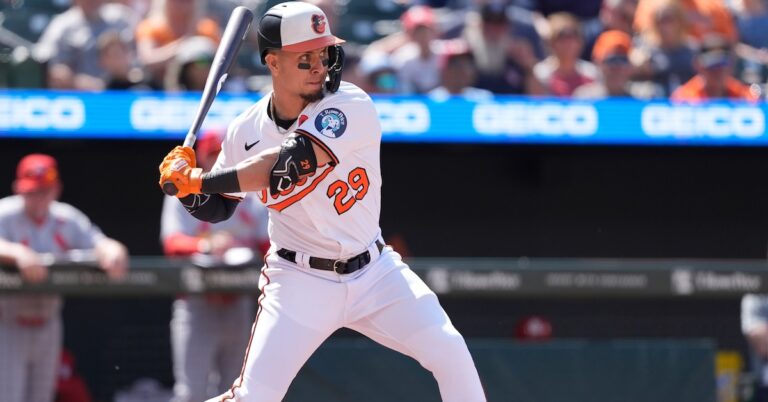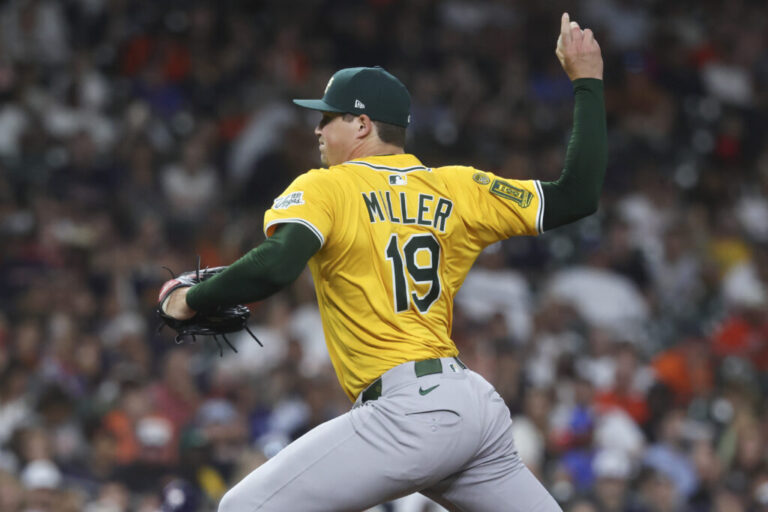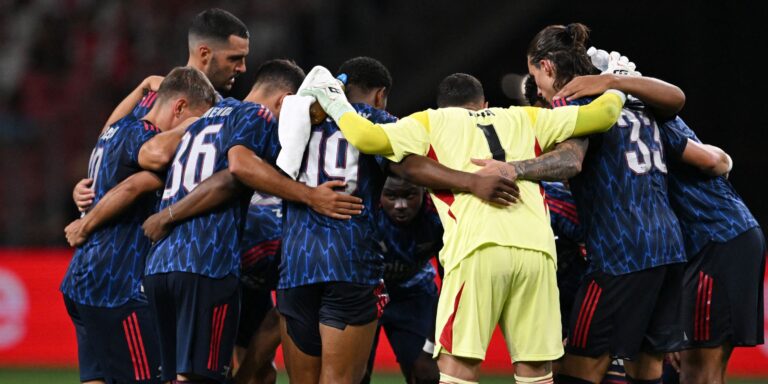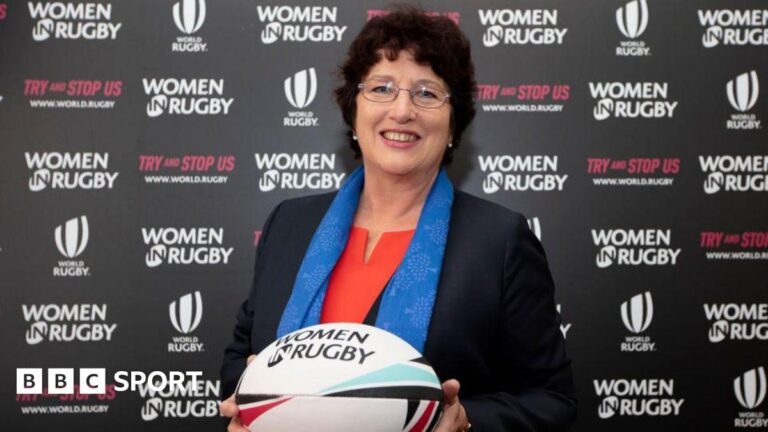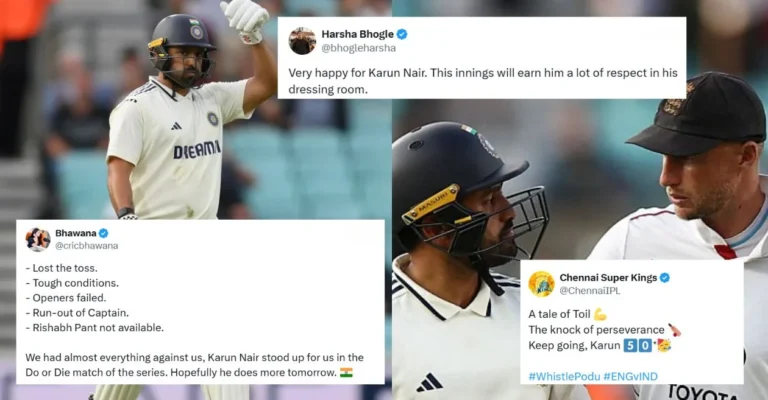
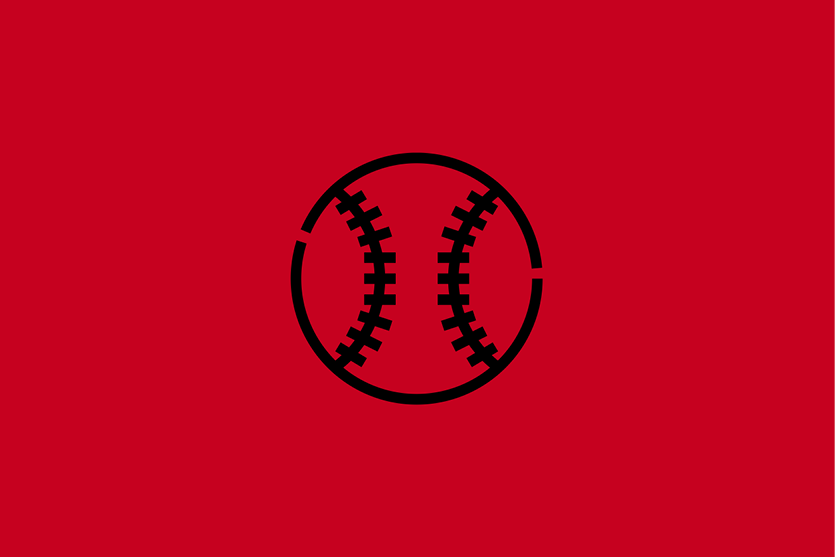
This newsletter is slowly traveling through the Best 50. That’s my list of history’s 50 greatest ballclubs, as ranked by my new book, Baseball’s Best (and Worst) Teams. Today’s story focuses on No. 17, the 1976 Cincinnati Reds.
Here’s a quick boilerplate explanation that I’m appending to every story in this series:
I compiled the Best 50 by analyzing 2,544 major-league teams from 1903 to 2024. Those clubs have been ranked by their team scores (TS), which are plotted on a 100-point scale. (A given club’s all-time percentile is the percentage of the other 2,543 teams that it outperformed.)
See my book for an explanation of my TS calculations. The book also offers separate breakdowns of the best and worst clubs for every decade and franchise, comprehensive profiles of the Best 50 (including position-by-position lineups and much more information than you’ll find in this newsletter), and similar summaries of the 10 worst teams of all time.
Now on to today’s profile.
-
Team: 1976 Cincinnati Reds
-
Team score: 88.657 points
-
All-time rank: 17 of 2,544
-
All-time percentile: 99.37%
-
Season record: 102-60 (.630)
-
Season position: First place in National League West
-
Final status: World champion
Pete Rose posed the question on August 9, 1976. “I wonder,” he asked, “if people realize what a great team we have?”
How could they not? Rose’s Reds — nicknamed the Big Red Machine — dominated the National League West with a 73-39 record at the time, putting them 13.5 games ahead of the second-place Dodgers. Cincinnati’s potent offense generated an average of 5.29 runs per game throughout the ’76 season. No other big-league club exceeded 4.75.
The NL’s Most Valuable Player in 1975, Joe Morgan, somehow played even better in 1976, topping the league in on-base percentage (.444) and slugging average (.576). Morgan (.320) was one of five Cincinnati regulars with batting averages above .300. Cincinnati’s collective BA of .280 was six points better than the closest mark in either league.
The Reds had won the world championship in 1975, but Sparky Anderson contended that his ’76 squad was even better. “This year’s roster contains more talent,” the manager insisted, and who wanted to argue? Cincinnati coasted to the divisional title by 10 games.
Get the complete lowdown on the 50 greatest (and 10 weakest) clubs of all time
The playoffs were expanded in 1969, with two league championship series being installed as preludes to the existing World Series. The 1976 Reds became the first club to breeze through this multi-round postseason maze without suffering a single defeat. No team has ever duplicated the feat.
Cincinnati outscored Philadelphia, 19-11, in the three-game National League Championship Series, then blew past the New York Yankees, 22-8, in a World Series sweep. The Reds were the first NL club to repeat as world champions in 54 years.
“I don’t think there was ever a time we thought we were going to lose,” said catcher Johnny Bench. He paced the Reds in the World Series with eight hits and six RBIs.
A new installment will arrive in your email each Tuesday and Friday morning
Only six National Leaguers batted above .300 and scored more than 80 runs in 1976. Cincinnati was blessed with four of these top-flight producers: right fielder Ken Griffey Sr. (BA .336, R 111), third baseman Pete Rose (.323, 130), second baseman Joe Morgan (.320, 113), and left fielder George Foster (.306, 86).
Sparky Anderson was especially delighted by the output of Foster, Griffey, and center fielder Cesar Geronimo (.307). “How many times have you seen or heard of a team that puts three players in the outfield, all .300 hitters?” he asked. Foster led the National League with 121 RBIs and ranked fourth with 29 homers.
The Reds were especially strong up the middle, with Gold Glove winners Johnny Bench behind the plate, Morgan at second, Dave Concepcion at short, and Geronimo in center. Former Brooklyn shortstop Pee Wee Reese, a future Hall of Famer, was dazzled by his Cincinnati counterpart’s skill in the field. “No one does everything as well as Concepcion,” said Reese. “It’s possible that no one ever has.”
The Reds were the first team in NL history to have seven pitchers with 11 or more victories. Gary Nolan led the way with 15 wins. He had been impressively fast in younger days, but injuries forced him to rely on finesse in his ninth season. Pat Zachry, who went 14-7 to win the NL’s Rookie of the Year Award, bragged that he and his staffmates didn’t fear anyone who stepped to the plate. “Could have been guys in steel helmets carrying five-foot-long swords,” he said. “We would have kicked their ass.”

